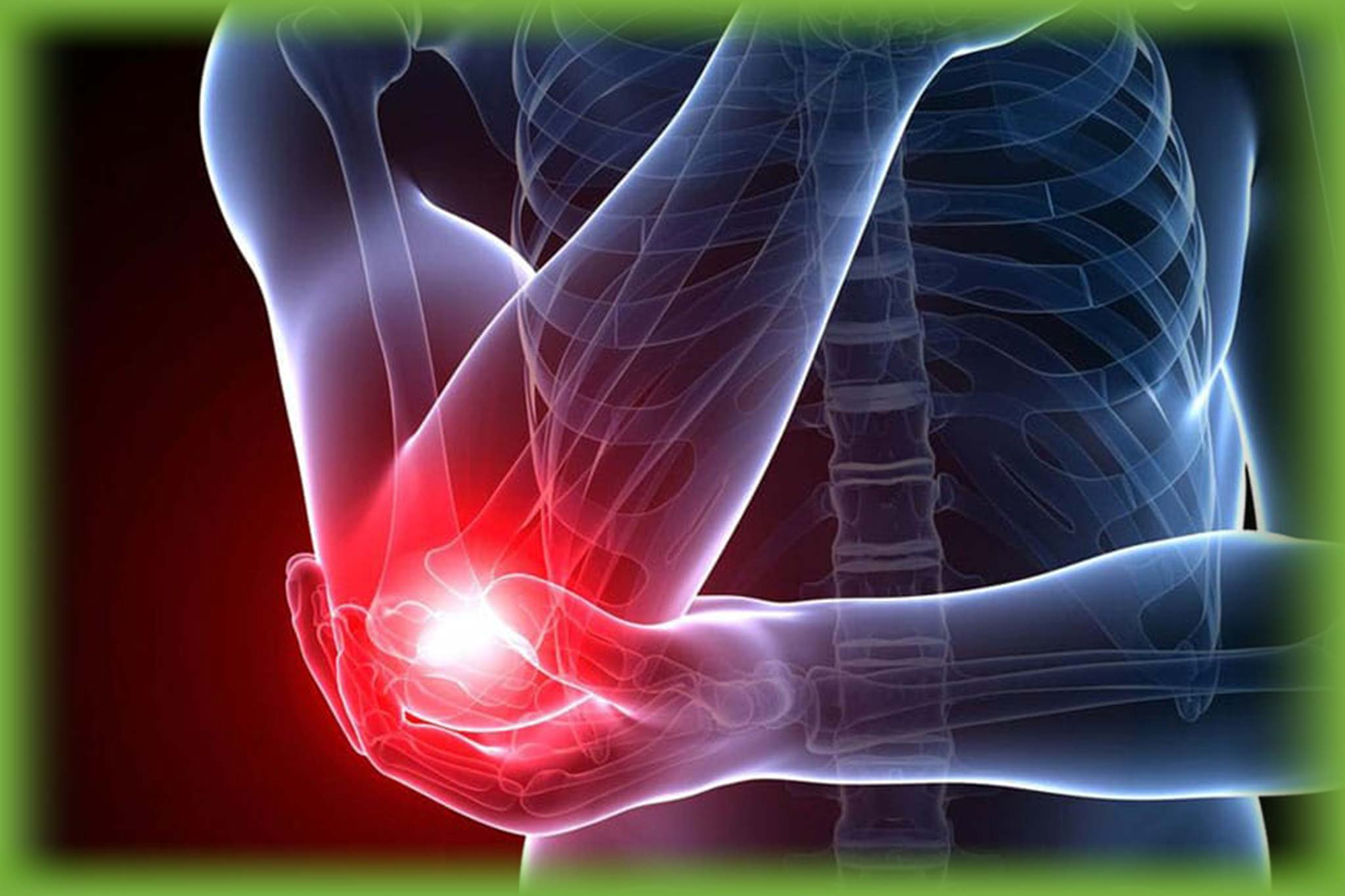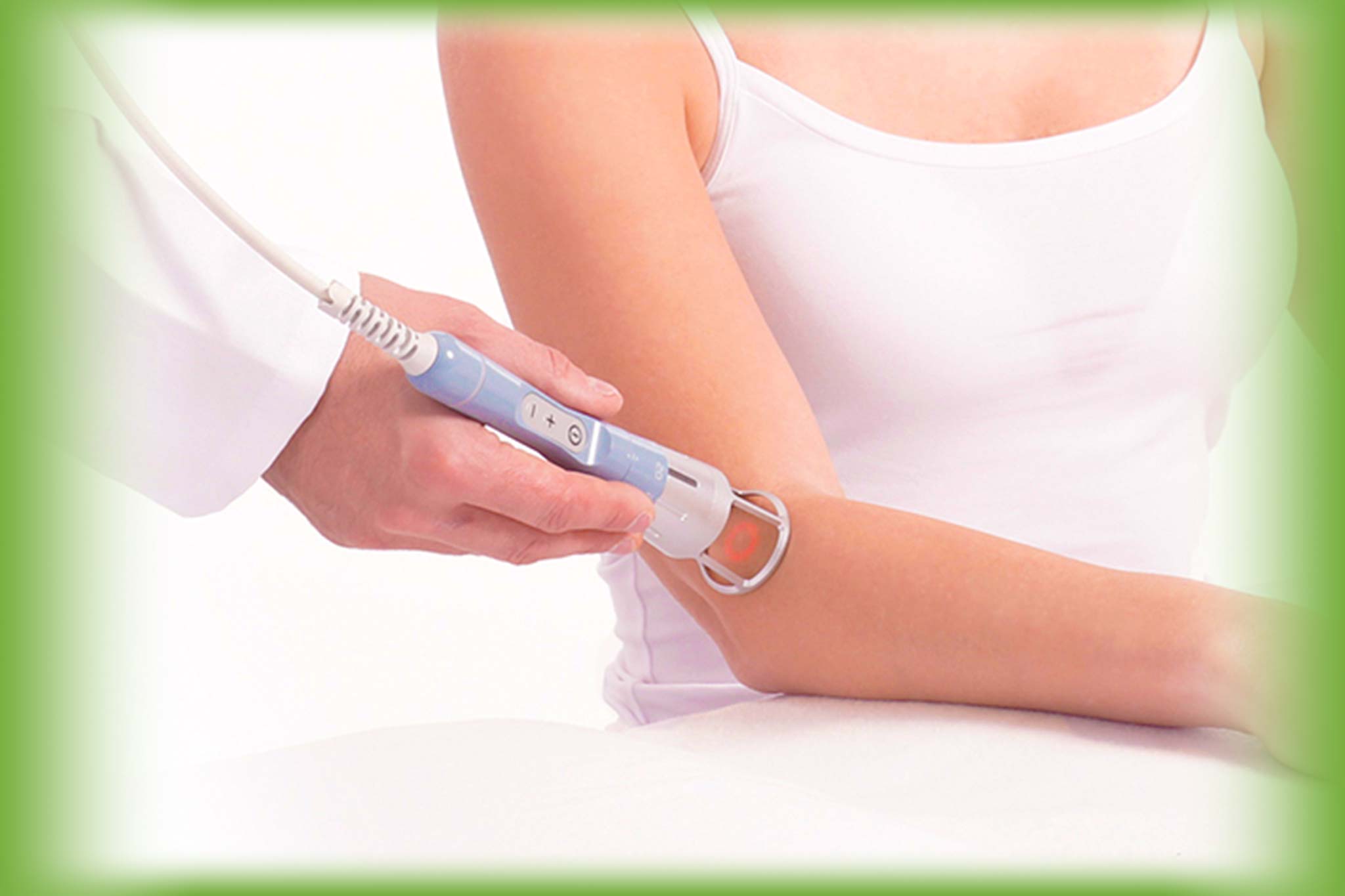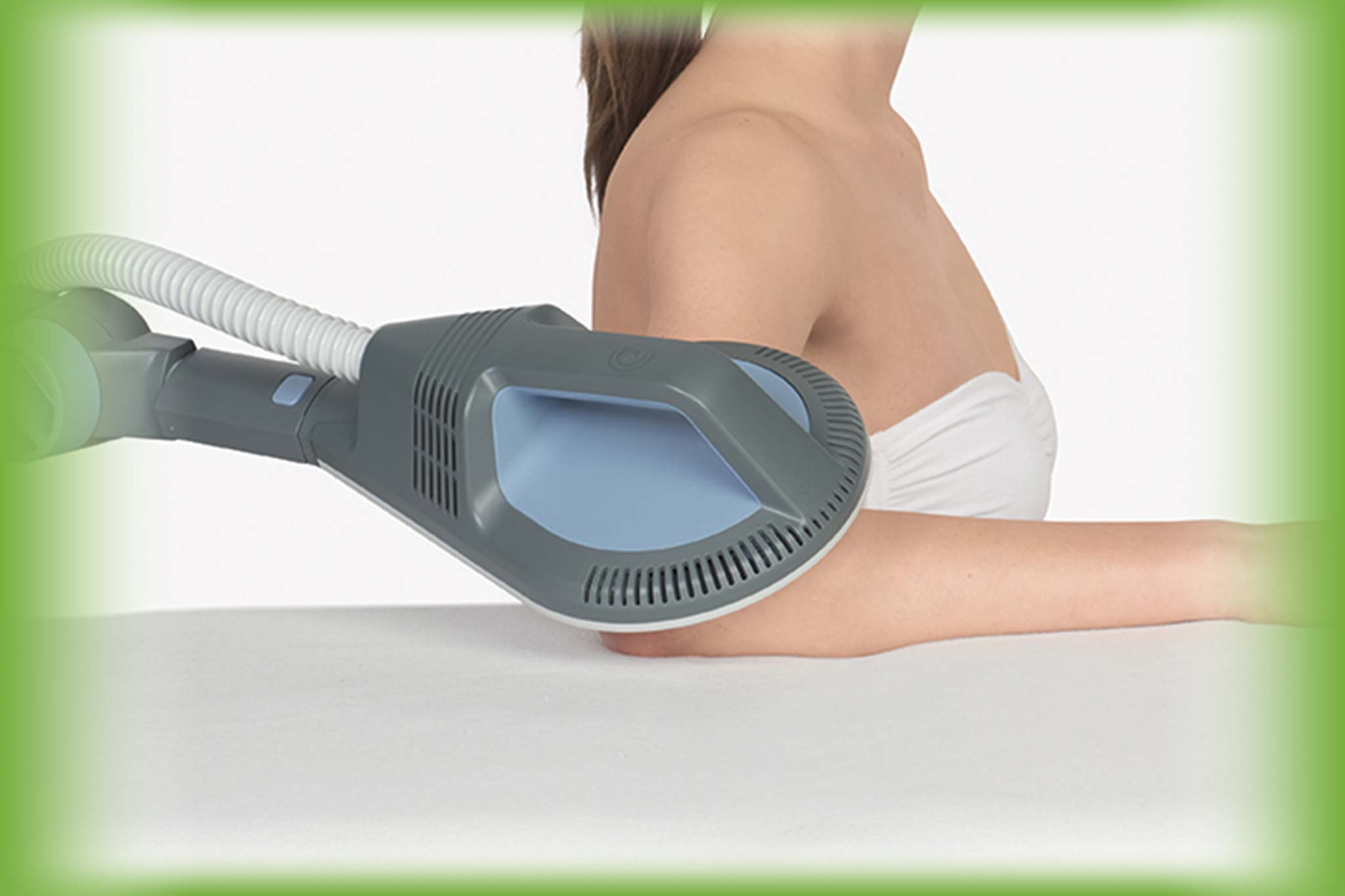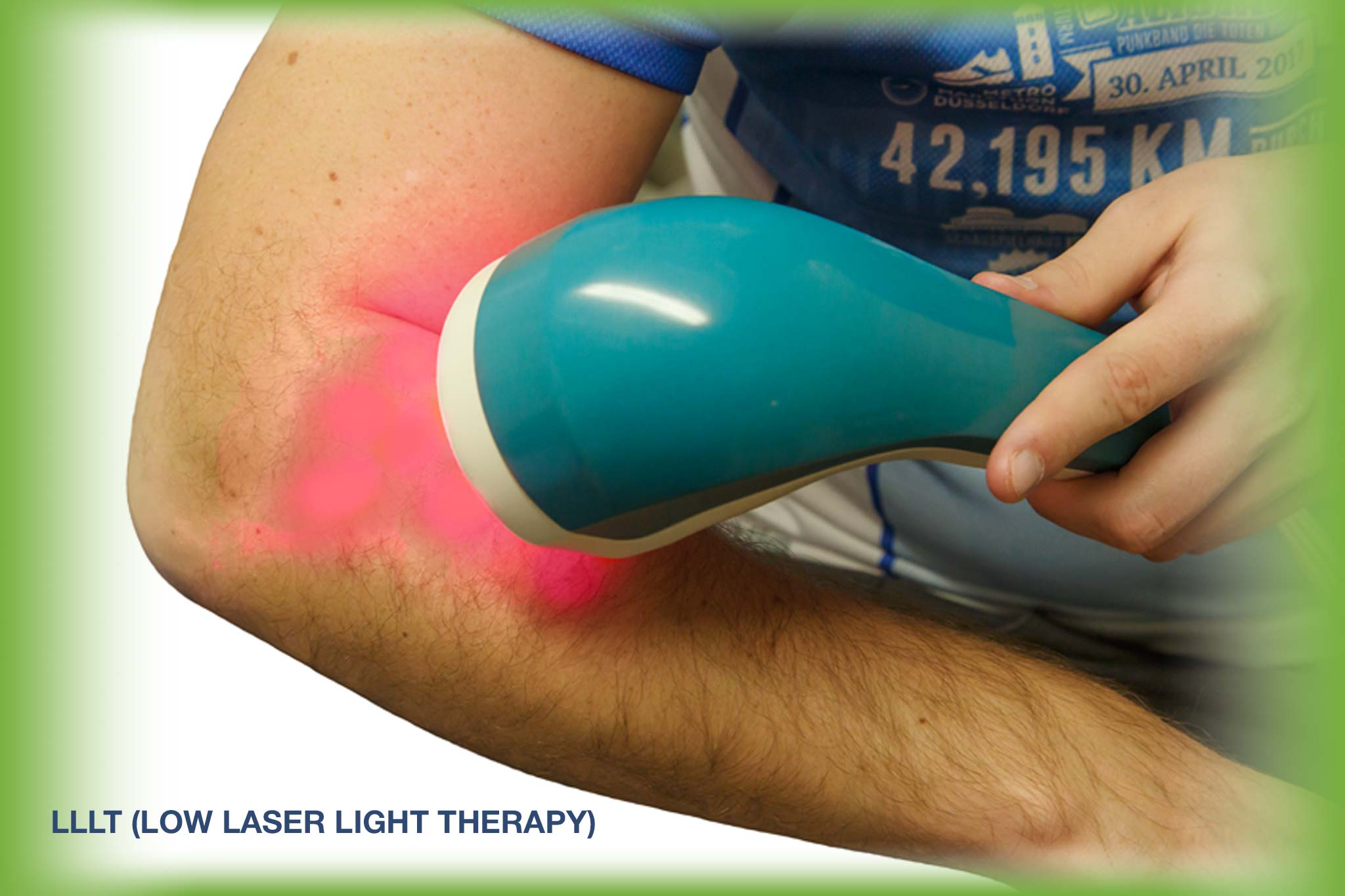Elbow Pain: Understanding the Discomfort and Seeking Relief
The
elbow is a crucial joint in the upper body that connects the upper arm
(humerus) to the forearm (radius and ulna). It plays an essential role in
facilitating a wide range of movements, including bending and straightening the
arm, as well as rotating the forearm. This makes the elbow vital for everyday
tasks like lifting, pushing, pulling, and reaching.
Common Elbow Injuries:
The elbow is prone to a variety of
injuries, especially in athletes or those performing repetitive movements. Some
common elbow conditions include:
- Tennis Elbow (Lateral Epicondylitis): Caused by repetitive stress and overuse of the forearm
muscles, leading to pain and inflammation on the outside of the elbow.
- Golfer's Elbow (Medial Epicondylitis): Similar to tennis elbow but affecting the inside of
the elbow, often from overuse or repetitive gripping motions.
- Elbow Sprains and Strains: Injuries to the ligaments or muscles around the elbow,
often resulting in pain, swelling, and limited range of motion.
- Elbow Bursitis:
Inflammation of the bursa, a fluid-filled sac that cushions the elbow,
causing swelling and discomfort.
Symptoms
of an Elbow Injury
Elbow injuries can vary in severity,
but there are several common symptoms to watch for. If you're experiencing any
of the following, it may indicate an injury to the elbow joint or surrounding
tissues:
- Pain
Pain is the most common symptom of an elbow injury. It may be sharp or aching and typically occurs around the joint or along the forearm. The pain may worsen with movement or specific activities, such as lifting, gripping, or extending the arm. - Swelling
Swelling is common after an elbow injury, particularly with sprains, strains, or bursitis. The area around the elbow may appear puffy, and swelling may increase with activity or after prolonged use. - Bruising
Bruising or discoloration around the elbow may occur, especially in more severe injuries, such as tears or trauma. The bruising can extend down the forearm or up to the upper arm, depending on the injury's location and severity. - Stiffness
Stiffness or a limited range of motion in the elbow is another symptom of an injury. You may find it difficult to fully bend or straighten the arm, or experience discomfort when moving the joint in specific directions. - Instability
In cases of ligament damage, the elbow may feel unstable or loose. This sensation of instability can make it difficult to perform normal activities, such as lifting objects or supporting weight on the affected arm. - Tenderness
The elbow joint or the surrounding area may feel tender to the touch. Tenderness is often present along the bone, ligaments, or tendons, depending on the specific injury. - Weakness
Injuries to the muscles or tendons around the elbow can cause weakness in the affected arm. You may experience difficulty holding objects, performing tasks that require grip strength, or pushing and pulling movements. - Numbness or Tingling
In more severe cases, nerve involvement may occur, leading to sensations of numbness or tingling in the elbow, forearm, or fingers. This may be caused by compression or injury to the nerves around the elbow joint.
Benefits
of Regenerative Medicine for Elbow Injury
Regenerative medicine has emerged as
an innovative and effective treatment option for elbow injuries, particularly
for conditions that involve chronic pain, inflammation, and tissue damage. Here
are the key benefits of using regenerative medicine for elbow injuries:
- Accelerated Healing
Regenerative treatments stimulate the body’s natural healing processes by delivering growth factors and cells directly to the injured area. This can significantly speed up recovery times, helping you get back to normal activities more quickly. - Reduced Pain and Inflammation
Elbow injuries often lead to persistent pain and inflammation, especially with conditions like tennis elbow or bursitis. Regenerative therapies, such as PRP, work to reduce inflammation and pain by promoting tissue repair at the cellular level, leading to long-term relief. - Improved Tissue Regeneration
Stem cells and platelets contain powerful growth factors that encourage the regeneration of damaged tissues, such as tendons and ligaments. This can help heal injuries more effectively, restoring strength and flexibility to the elbow joint. - Non-Surgical Alternative
Regenerative medicine offers a non-invasive alternative to surgery for many elbow injuries. This means fewer risks, less downtime, and no need for lengthy recovery periods. Many patients can resume daily activities and sports with little disruption to their lifestyle. - Long-Term Joint Health
Regenerative treatments not only address the immediate injury but also promote overall joint health. By enhancing tissue repair and reducing inflammation, regenerative medicine helps maintain the long-term health of the elbow joint, reducing the likelihood of future injuries or degeneration. - Fewer Side Effects
Since regenerative treatments typically use the body’s own cells (such as platelets or stem cells), the risk of side effects or complications is minimal. This makes regenerative medicine a safer option compared to other treatments that may involve synthetic materials or foreign substances.
At La Mano Regenerative Medical, our goal is to help you find lasting relief from Elbow Pain. We combine cutting-edge regenerative medicine with personalized care to restore your health and improve your quality of life. Whether you’re dealing with chronic back pain, a recent injury, or degenerative conditions, our team is here to guide you on…






